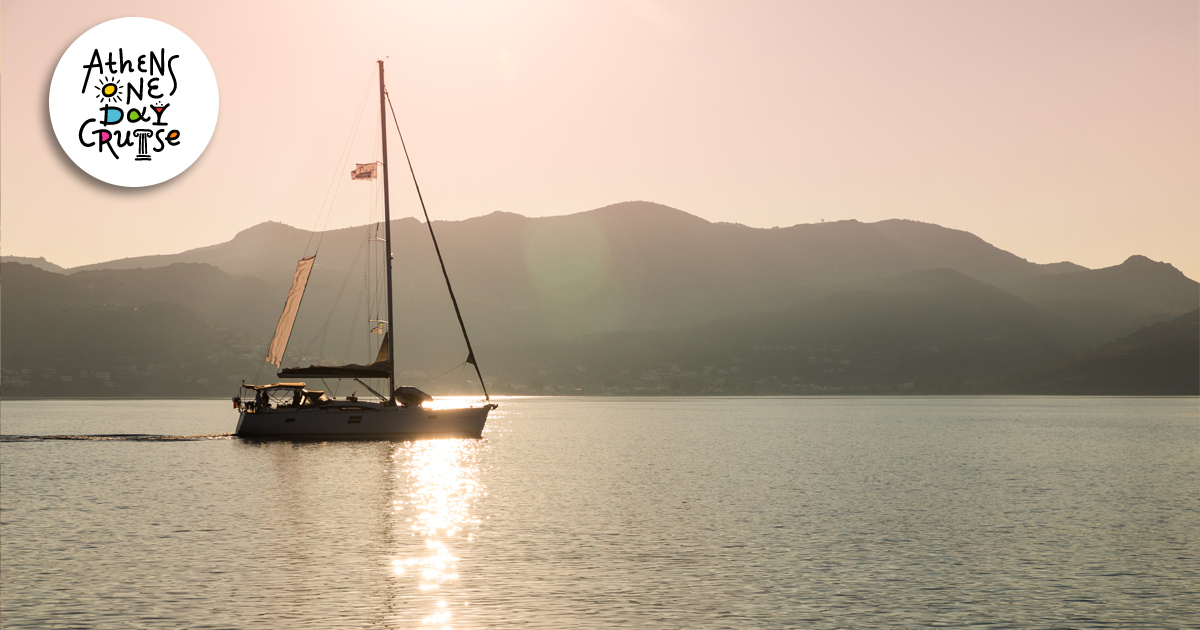
Aegina in Mythology
Searching for the history and historical elements of a place, it is customary to go even further to discover the myths associated with it. Aegina was very popular in Mythology. Its myths became known from the hymns of Pindar and the epics of Homer. Besides, it has been inhabited since 404 BC, so it is a place with, if nothing else, a rich history.
Mythological elements
According to mythology, Aegina was a nymph. She was one of the 20 daughters of the river Asopos and Metopi, who was the daughter of the river Ladonas. In fact, the river Asopos still exists on the island with the name "Stream of Darkness".
Aegina was their most beautiful daughter, whom Zeus fell in love with and that is why he kidnapped her. Aegina's sister was Salamis. To escape the wrath of Hera, Zeus transported Aegina to the island of Oinoi, today's Aegina, which was then uninhabited. Her father was looking for her everywhere and so he turned to Sisyphus, the founder and king of ancient Efyra, Corinth as he was later named, to reveal to him where he was and what his daughter had become. Sisyphus, who had seen it all from his high rock, although at first hesitant, finally agreed to help him in exchange for a spring of water to irrigate the dry land of the area he ruled. Of course, when Zeus found out about this, he decided to punish Sisyphus for his betrayal, sending him to Hades.
The son of Aegina and Zeus was Aiakos. He reigned for many years in Aegina and was very dear to the sense of justice that possessed him. In fact, he was liked by all the rulers of Greece. Zeus, for the sake of Aeacus, transformed the ants of the island into humans. This version is based on the migration of the Myrmidons from southern Thessaly to Aegina.
From there begins the history of Aegina, which developed into a strong merchant and naval state
Tags: Aegina, history, history of Aegina, Mythology, Aegina in Mythology

